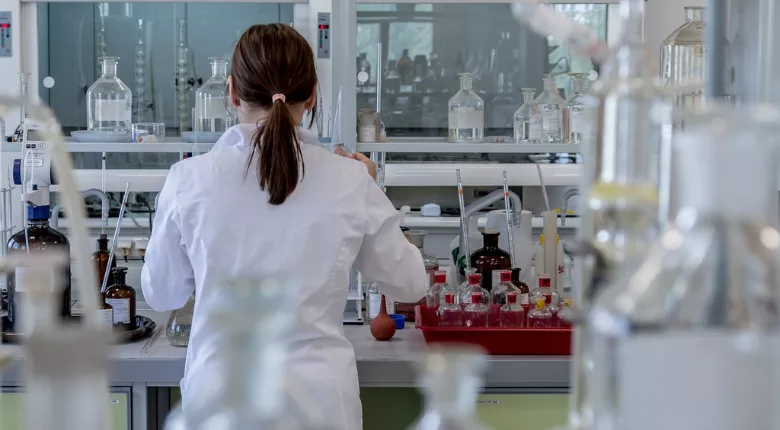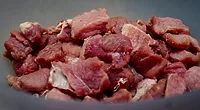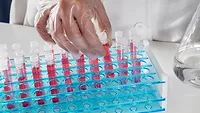USDA-FSIS Lists FY 2024 Sampling Program Priorities, Changes

Image credit: jarmoluk via Pixabay
After reviewing its sampling and testing programs, the U.S. Department of Agriculture’s Food Safety and Inspection Service (USDA’s FSIS) will implement changes to its sampling programs for Fiscal Year (FY) 2024, which came into effect October 1, 2023. The targeted changes more effectively utilize agency resources without impacting food safety.
During inspection, USDA-FSIS conducts sampling and testing of meat, poultry, and egg products for microbiological and chemical residues to verify that foods under agency jurisdiction is safe, wholesome, and accurately labeled.
FSIS released a detailed list of the changes to its sampling program in its FY 2024 Sampling Plan, in which the agency summarizes its microbiological and chemical residue sampling, as well as the total planned number of analyses and corresponding planned number of analytes tested for during FY 2022, FY 2023, and FY 2024 by product class to provide perspective over time. Data is based on the proposed number of samples and actual analyses performed during the previous FYs. Furthermore, FSIS provided justifications for changing or not changing the sampling allocations for each product under the agency’s jurisdiction.
FSIS also listed its key priorities for FY 2024, what processes are impacted, and the objectives to achieve during the FY. The priorities include:
- The initiative to reduce cases of Salmonella infection attributable to poultry will be advanced by identifying screening and quantification technologies for Salmonella serotypes; implementing verification testing approaches for raw, not ready-to-eat (not RTE) breaded and stuffed chicken products; identifying verification testing approaches for enhanced Salmonella controls in raw poultry products
- New rapid Salmonella serotype methods will be made available after identifying and evaluating such methods
- Sampling of cell-cultured meat and poultry food products will continue with the collection of exploratory samples as new establishments receive FSIS Grants of Inspection and start producing cell-cultured products, and plans will be made to transition new establishments producing cell-cultured meat and poultry products from exploratory sampling into routine verification sampling over time
- Sampling strategies for lower-volume establishments will be reexamined; specifically, monthly production volume will be factored into scheduled sampling thereby reducing sampling for establishments with lower production volume
- Allergen sampling for milk, eggs, crustacean shellfish, tree nuts, peanuts, wheat, and soybeans will be implemented with a focus on RTE products, which will be collected and screened for allergens based on the allergen verification task (FSIS Directive 7230.1); results will be compared to product labeling to confirm negative label claims
- Whole genome sequencing (WGS) will be used to predict isolate antimicrobial susceptibility; specifically, WGS utilization will be expanded by replacing antimicrobial susceptibility phenotype testing (AST) with WGS genotyping technology to characterize 90 percent of collected isolates, and the remaining 10 percent will continue phenotype testing as verification for genotype determination through WGS.
Results for each FY can be found in FSIS’ Annual Sampling Summary Reports.
Looking for quick answers on food safety topics?
Try Ask FSM, our new smart AI search tool.
Ask FSM →









.webp?t=1721343192)